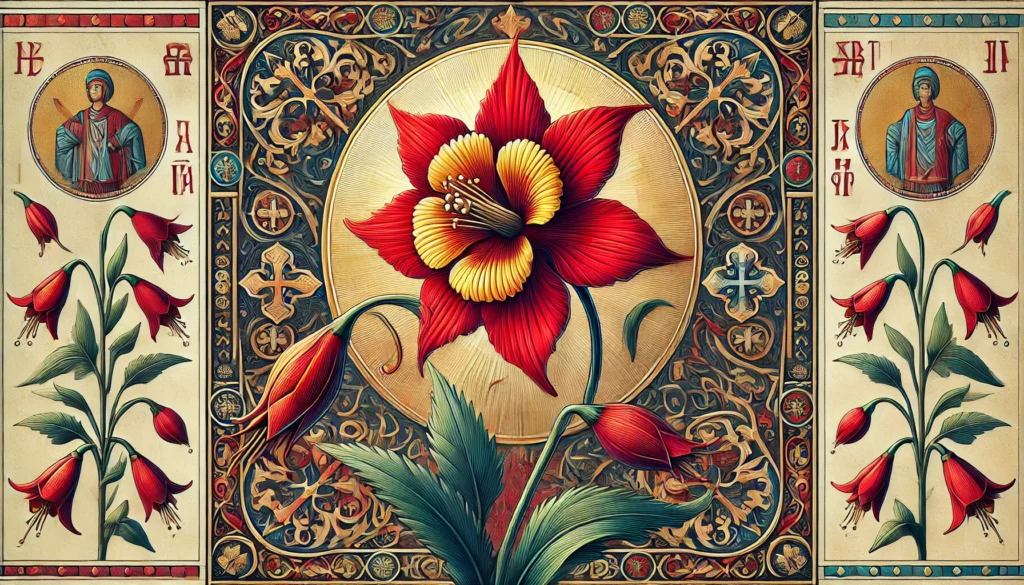

Home » Cat Plants » Is the Lobelia Plant Harmful to Cats?

Lobelia cardinalis, commonly known as cardinal flower, is a flowering plant native to the Americas. While this vibrant red wildflower is not known to cause allergies in cats, it can be toxic if ingested.
The cardinal flower contains poisonous alkaloids called lobelamine and lobeline which are harmful to cats. This plant is often found growing near streams, rivers, and other moist areas in the wild.
Ingestion may cause mild gastrointestinal upset, but is generally not life-threatening.
Ingestion can result in mild symptoms like vomiting, diarrhea, or drooling. Rarely fatal but may require veterinary care.
Eating these plants can lead to more pronounced symptoms like abdominal pain, lethargy, or difficulty breathing. Veterinary intervention may be necessary.
Ingesting even small amounts can cause severe symptoms like organ damage, seizures, or cardiac failure without rapid treatment.
All parts of these plants are extremely poisonous to cats and can quickly lead to death, even with immediate veterinary care.
** Please note: Please note that toxicity level can vary based on the amount ingested and the specific cat. It's always best to keep these plants completely inaccessible to cats and seek immediate veterinary care or call the poison hotline if you suspect your cat has ingested any part of a toxic plant.
If a cat ingests any part of the cardinal flower plant, it may experience symptoms of toxicity. Common signs that your cat has eaten this poisonous plant include:
If you suspect your cat has ingested Lobelia cardinalis, take it to the veterinarian immediately. Your vet will likely perform a physical exam and ask about any plants the cat may have had access to.Diagnostic steps may include:
Treatment involves supportive care with IV fluids, anti-nausea medication, and monitoring. Most cats recover if treated promptly.

A: Lobelia is not pet-friendly and is considered toxic to cats, dogs, and other animals. Ingesting any part of the lobelia plant can cause symptoms like vomiting, salivation, and abdominal pain.
A: While lobelia is harmful, the lily is considered the most toxic flower for cats. All parts of the lily plant can cause severe symptoms, including kidney failure and even death.
A: Most animals avoid eating lobelia due to its strong, toxic properties, but slugs and snails may still damage the plant. The toxicity of lobelia helps deter larger animals from ingesting it.
A: Flowers like roses, orchids, and snapdragons are among the least toxic for cats. These plants are considered cat-friendly and safe for homes with pets.
A: Yes, lobelia is toxic to both cats and humans, with symptoms including nausea, vomiting, and in severe cases, respiratory issues. Avoid ingesting or allowing pets to consume any part of the lobelia plant.
A: Just like for cats, lobelia is also poisonous to dogs, causing symptoms such as vomiting, excessive salivation, and rapid heart rate. It’s essential to keep this toxic plant out of reach of pets to prevent accidental ingestion.
Lobelia cardinalis is named for the bright red robes worn by Roman Catholic cardinals. Other common names include cardinal plant, red lobelia, and scarlet lobelia.
Native Americans used root tea made from this plant as a treatment for syphilis, and leaf tea for respiratory problems and colds. Early European settlers adopted it as an ornamental garden plant in the 1600s. The genus Lobelia contains over 400 species, with L. cardinalis being one of the most well-known.
Please note: The information shared in this post is for informational purposes only and should not be considered as veterinary medical advice.
🐾 A hilarious or heart-melting cat video
🐾 Our latest paws-on review of a cool cat toy